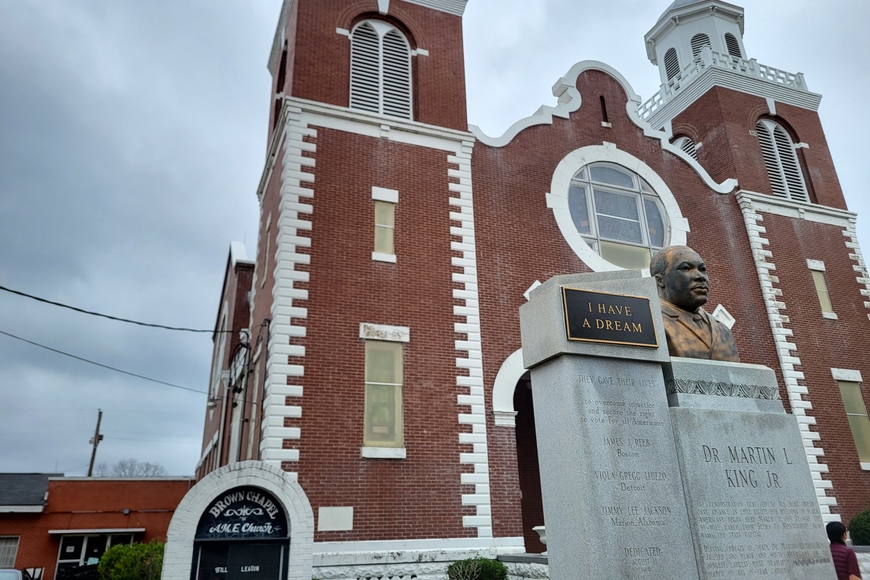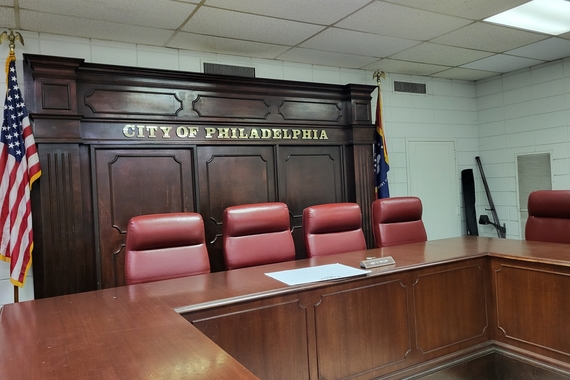MLK Immersion Day 2: Selma, Alabama
Video of Selma activities by Calli Hadler
SELMA, Ala. - After a hard-hitting day at the National Civil Rights Museum in Memphis on Sunday, students and faculty with the University of Minnesota’s MLK 3000 course learned more about the 1965 Selma to Montgomery march on Monday.
JoAnne Bland, one of the youngest people arrested during the Civil Rights Movement, took the class on a tour of Selma. By the time she was age 11, Bland had been in jail 13 times.
Bland shared stories from her youth spent in the thick of the Civil Rights Movement, including how much easier it was for children to approach Rev. Dr. Martin Luther King Jr. compared to adults. King would hand starlight mints to children after speaking to him, she said.
Bland brought the class to Foot Soldiers Park, something of a passion project Bland began in 2021 to commemorate Selma’s importance during the Civil Rights Movement and create a space and education center for underfunded communities. Bland encouraged the class to partake in some “old school” games, such as playing basketball, hopscotch and four square to show the importance of local community parks and games.
Bland and the class were later joined by Betty Mae Fikes, a singer and activist known as the “Voice of Selma” for her contributions to the marches in Selma through her singing work, at the Brown Chapel African Methodist Episcopal Church that was often a location for organization for marches and protests in Selma’s Voting Rights Movement.
Traveling with Fikes and Bland, the class ventured to Live Oak Cemetery. Willow trees lined the grounds, draping their leaves across the paths and creating a very serene environment.
Despite its picturesque qualities, venturing farther into the cemetery unveiled its controversial nature: a designated circle for Confederate generals and a dedicated monument for Nathan Bedford Forrest, a general, slave trader and the first Ku Klux Klan grand wizard, with a plaque that reads “Defender of Selma, Wizard of the Saddle, Untutored Genius, The first with the most.”
Bland and Fikes closed out their time with the class by giving lectures about their experiences at the time and how change can still be made, before leaving the class to continue its journey on the trip.
Fikes emphasized the importance of the younger generation to make change and finish the work she and others did in advancing civil rights issues.
The final stop before departing for Birmingham, Ala., was the Edmund Pettus Bridge, site of the event known as “Bloody Sunday” in which mostly Black protestors marching across the bridge for voting rights were beaten and tear gassed by Alabama State Troopers.
The class walked across the bridge and reflected on the events that had taken place almost 60 years ago.
By Alec Zadra



